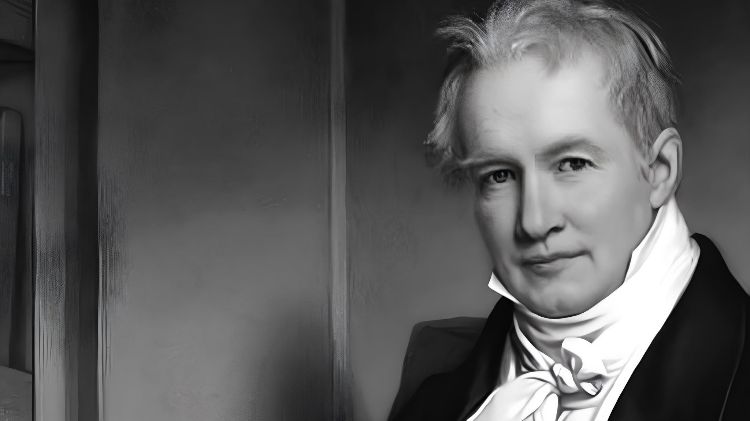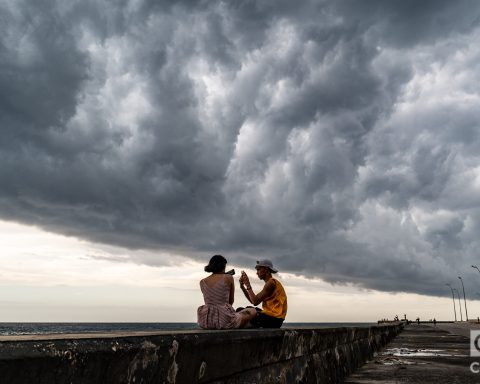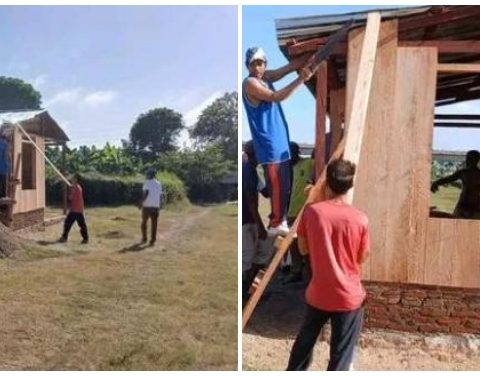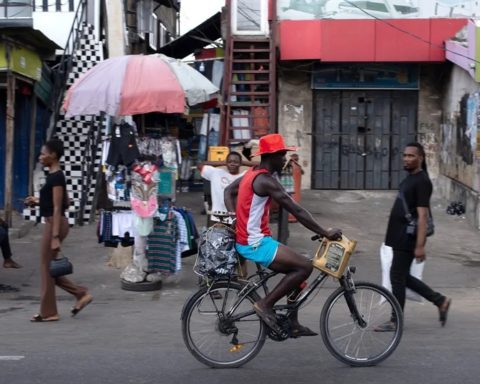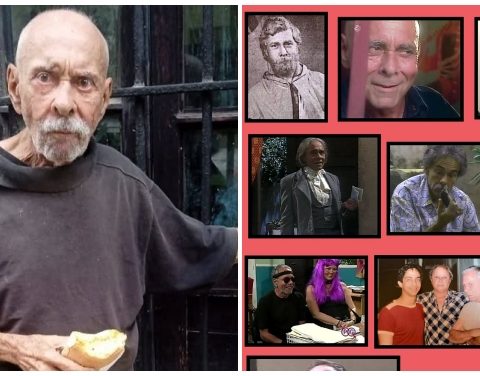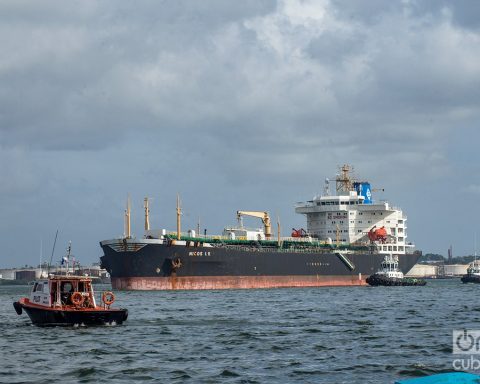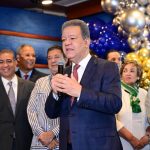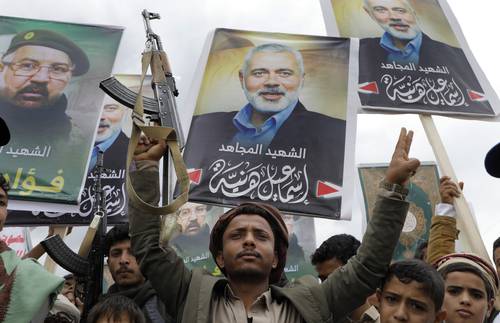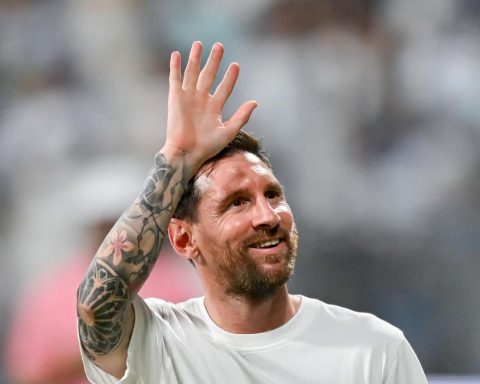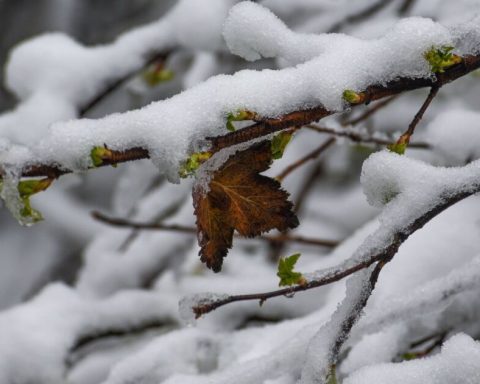AREQUIPA, Peru – The German Alexander von Humboldt was described by the Cuban pedagogue and philosopher Jose de la Luz and Knight as the “second discoverer of Cuba” for his contribution to the island’s geography, after travelling around it, its flora, fauna, climate, geology, soils and sugar cane production.
224 years ago, Cubans welcomed the European scientistand one of the places he was interested in was the town of Trinidad, in Sancti Spíritus.
Although he stayed for a short time, Humboldt arrived in Trinidad from Batabanó on a boat along the Guaurabo River accompanied by the French naturalist, doctor and botanist Aimé Bonpland.
The brief stay, intended to replenish food and water, allowed Humboldt to explore the village and learn about its local riches between sea and mountains. He was received with honours by the people of Trinidad and the intellectual and commercial elite of the city.
The chronicler Francisco Marín Villafuerte, in his History of Trinidad (1944), confirms that Humboldt spent the night in one of the city’s mansions in March 1801, interacting with prominent local personalities.
During his stay, Humboldt recorded information about the town, including the population of Trinidad and its surroundings, which totaled 19,000 people within a radius of 2,000 toises (an old French unit of length). The German scientist also observed the pastoral life and the numerous cattle ranches that characterized the region.
Likewise, he would talk about other topics, such as when he refers to one of the most famous places of the city: “at the northern end, is the church of Nuestra Señora de la Popa, a famous pilgrimage site.”
“That point seemed to me to be 700 feet above sea level; and there, as in most of the streets, one can enjoy a magnificent view of the ocean, the two ports (Casilda port and Guaurabo mouth), and a forest of palm trees…”
Humboldt, despite his brief stay in Cuba, dedicated two books to him entitled Statistical table of the island of Cubapublished in Paris in 1831 and its famous Political Essay on the Island of Cubatranslated into Spanish and known here in 1827.
Follow our channel WhatsApp. Receive the information from CubaNet on your cell phone through Telegram.
